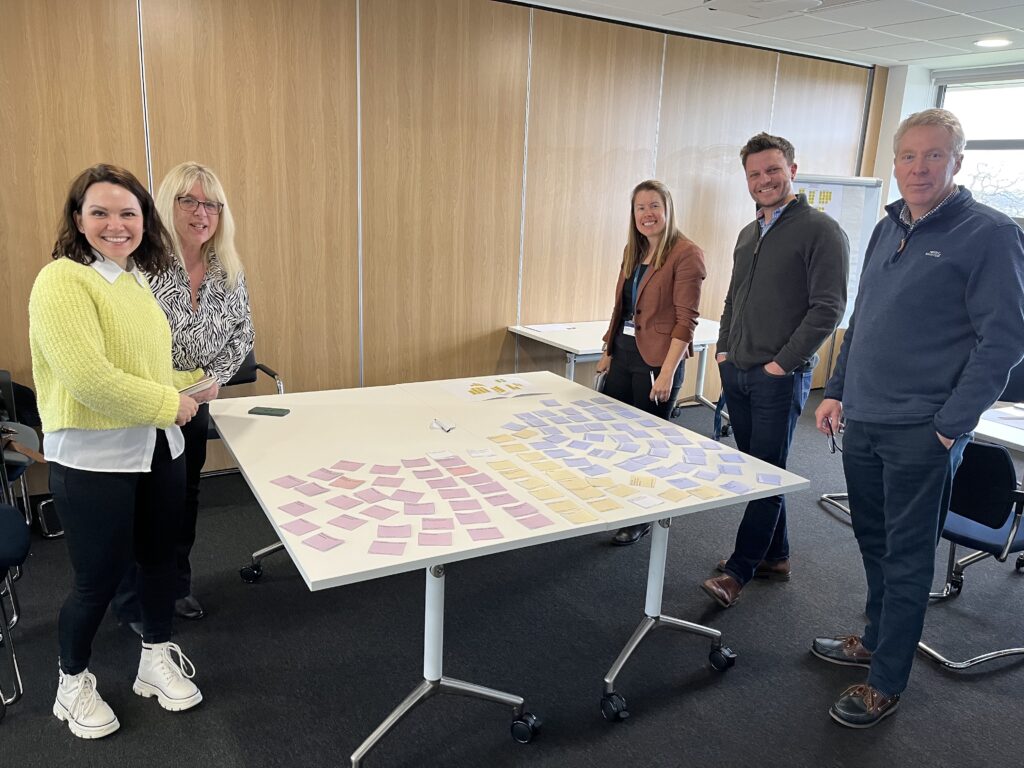
In this blog post, Trina Chakravarti, director of Building Better, explores the challenges and opportunities of integrating customer feedback into the development of offsite homes.
Putting customers first is a principle that underpins everything we do in social housing.
It’s also the central driver behind the Social Housing Regulation Act which officially became a law after it recently received Royal Assent. The Act has already made it mandatory for housing associations to collect data around 22 new Tenant Satisfaction Measures.
These metrics came into effect earlier this year and they apply to repairs, building safety and neighbourhood management. However, the principle of getting it right for customers first time must be woven into every corner of our work.
Nowhere is this more important than development. As housing providers, it’s our job to build homes that help people to lead healthy, happy lives.
I lead an alliance of 32 housing associations and local authorities working together to do just that. Our goal is to build many more homes through modern methods of construction (MMC), and we want customer experience to be at the heart of our work.
When I helped set up Building Better in 2018, I knew we couldn’t just support housing associations to deliver MMC homes. We also needed to test performance, both in terms of quality, safety and thermal efficiency but also resident experience. How comfortable are factory-built homes? How easy are they to control? How quickly are defects resolved? How proud are residents to live there?
As long-term asset holders, it’s in our interests to ask these questions. People’s needs change and it makes business sense to make decisions based on customer feedback, so we build flexible, adaptable homes.
The problem is that it’s tough to engage customers in development. Long timelines mean that we don’t often get to work with those individuals about to move into our homes. Instead, we ask current customers for feedback and weave that into new specifications.
With houses built in factories, that job is even harder because the nature of MMC means involving manufacturers from the start, so house designs are nailed early. As a result, it can be tricky to bring in the voices of residents, repairs staff and housing management teams to shape the product.
And there haven’t been a large number of voices to engage. MMC is a relatively young sector and if housing associations do small schemes every few years, you just don’t get the breadth of feedback or data patterns needed for collective learning.
But there is another challenge we face and that’s the post-occupancy evaluation (POE) process.
A recent study by Cambridge Centre for Housing and Planning Research (CCHPR) supported by Building Better showed that the standard POE model for offsite homes is lacking in detail and disjointed. Housing associations generally interview residents when they first move in and then nine months later, when warranty periods end. This two-step system is limited and doesn’t feed into the manufacturing improvement process or a sector knowledge base.
The opportunities for a new model are exciting. CCHPR researchers found that manufacturers are already more customer-focused than volume or private house builders and this points to the chance, within MMC, to re-frame the role customers play and approach POE differently.
For example, in MMC categories 1 and 2, the response loop is shorter. Housing associations don’t have to gather data from (or feed it back to) multiple contractors, just the manufacturer.
And because offsite homes are being developed at scale, feedback tools – such as sensors – can be automated at source, making POE smarter and easier.
Building Better has joined forces with CCHPR and four very different social housing providers to tackle this issue in a new POE project.


Members of the POE Working Groups met between January and April 2023 to create a best practice framework for the post-occupancy evaluation of offsite homes.
Working with cross functional teams across customer care, housing management and development, we’re identifying the most effective ways to feed customer experiences into MMC, creating a best practice framework for the post-occupancy evaluation of offsite homes.
We’re prioritising and examining data that has the biggest impact on improving both building performance and customer wellbeing, such as natural light conditions, space heat demand and energy use.
As the Building Better alliance grows, so does our power to influence and improve the product that our manufacturing partners create. But we must do that in an informed way, representing the real-life ambitions of residents, and that involves carefully planned and joined-up customer engagement. This fresh approach will, I believe, deliver positive outcomes for both people and the environment.

Trina Chakravarti is director of Building Better
22 August 2023